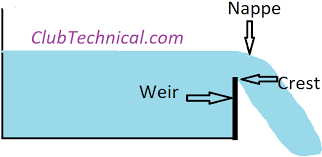Application of Remote Sensing in Civil Engineering
Application of Remote Sensing
There are various applications of remote sensing which may be grouped into the following:
Resource Exploration
Environmental Study
Land use
Site Investigation
Archaeological Investigation
Natural Hazards Study
Resource Exploration:
Geologists use remote sensing to study the formation of sedimentary rocks and
identify deposits of various minerals, detect oil fields and identify
underground storage of water.
Remote sensing is used for identifying potential fishing
zone, coral reef mapping and to find other wealth from ocean.
Environmental Study:
Remote sensing is used to study cloud motion and predict rains.
With satellite data it is possible to study water discharge
from various industries to find out dispersion and harmful effects, if any, on
living animals.
Oil spillage and oil slicks can be studied using remote
sensing.
Land Use: By remote sensing, mapping of larger areas is possible in short time. Forest area, agricultural area, residential and industrial area can be measured regularly and monitored.
It is possible to find out areas of different crops.
Site Investigation:
Remote sensing is used extensively in site investigations for dams, bridges,
pipelines.
It can be used to
locate construction materials like sand and gravel for the new projects.
Archaeological Investigation: Many structures of old era are now buried under the
ground and are not known.
But by studying changes in moisture content and other
characteristics of the buried objects remote sensors are able to recognize the
buried structures of archaeological importance.
Natural Hazard Study:
Using remote sensing the following natural hazards can be predicted to some
extent and hazards minimized:
Earthquake
Volcanoes
Landslides
Floods and
Hurricane and
Cyclones




Comments
Post a Comment